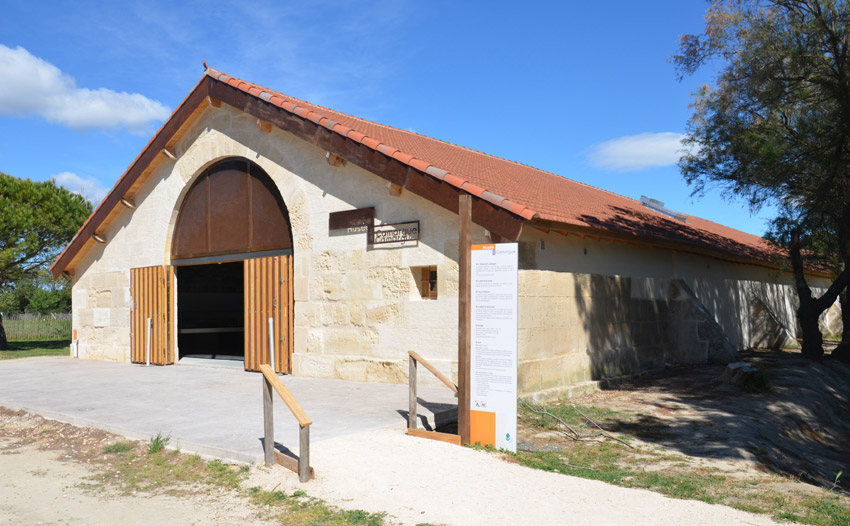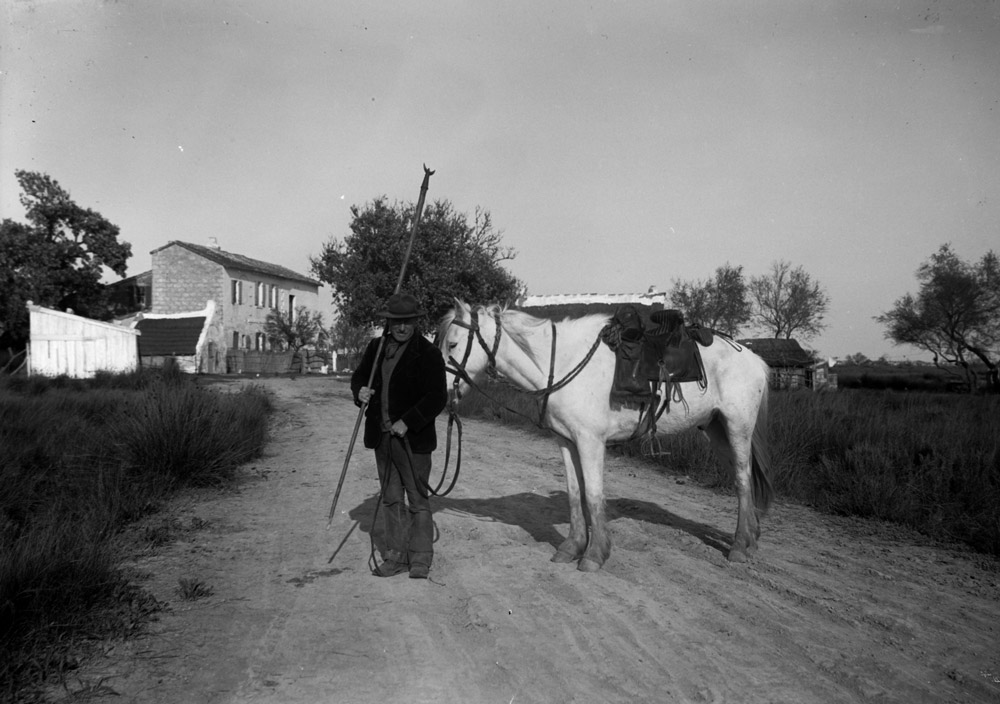The Camargue, between nature and culture
The Camargue is where the Rhône meets the Mediterranean Sea. It’s Europe’s largest wetland. It’s a land of history and different cultures. A land constantly seeking a balance between human activities, biodiversity and the preservation of its environment. A land where nature, tamed by men, has not lost its wild character.
To satisfy your curiosity, visit the Camargue Museum! It perfectly illustrates this relationship between men and nature with its permanent exhibition «The thread of water, the thread of time».
Fertile Alchemy
The Rhône shaped this delta, changing its riverbed over time. It now holds the Camargue between its two branches: the Grand Rhône to the east and the Petit Rhône to the west. The 150,000-hectare triangle includes the towns of Arles, Les Saintes-Maries-de-la-Mer and Port Saint-Louis du Rhône and is watched over by the Camargue Regional Natural Park. It’s a necessary watch to preserve a treasure of biodiversity, an exceptional habitat for fauna and flora.
It is also a very rich culture. Between the two branches of the Rhône, the Camargue is an island that brings together its inhabitants around the same identity: they are above all Camarguais.
It’s a story of tenacious men, who have taken control of the waters and made this place habitable and fertile. The ecological functioning of the delta is inextricably linked to the economic activities which the people of Camargue have adapted to the environment: rice, salt, breeding of bulls and horses.
These activities are the basis of the cultural identity of the Camargue. People gather at bull races, at work and leisure time with horses and at Provencal folklore and Christian festivals. This way of life attracts more and more visitors.
It was Baron Folco de Baroncelli who played an important part in fostering this Camargue identity. A true lover of the Camargue, friend of Frédéric Mistral and co-founder of the Félibrige, he codified the traditions that the Camarguais are so proud of today.

